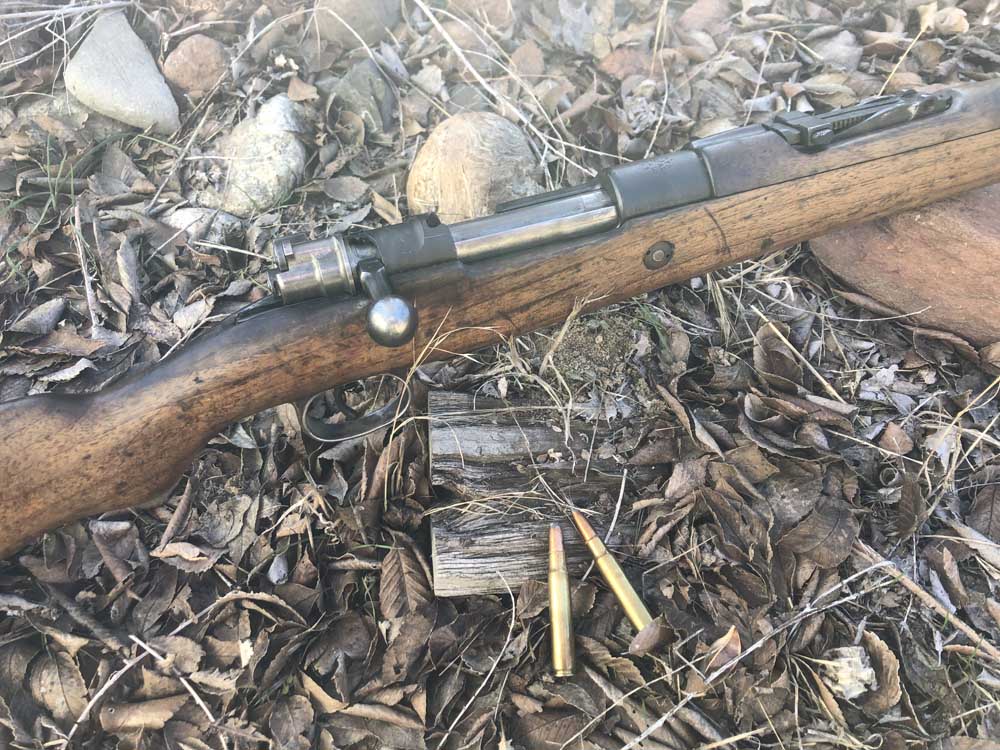Shooting the Breeze: The 8mm Mauser
Published 1:15 pm Friday, June 17, 2022

- The 8mm Mauser was originally adopted in 1888.
When people refer to the .30-06 as the “grandfather” of modern cartridges, they are both right and wrong. While the .30-06 has sired an impressive family tree, it cannot be referred to as the family patriarch anymore than Edison can be credited with inventing electricity. No, there are others to thank in general, but one predecessor in particular deserves recognition.
In 1888, the German military adopted a cartridge that required a few revisions before arriving at the final product, which came to be called the 8x57mm Mauser. To put that in perspective, our own .45-70 had been adopted for official use in 1873, only 15 years before. To say this cartridge was way ahead of its time is a major understatement.
Originally loaded with a .318-caliber, 226-grain roundnose full metal jacket bullet, the 8×57 J had a muzzle velocity of between 2,000 and 2,100 feet per second. In those days, that was burning rubber.
After adopting the stronger 1898 Mauser rifle design, the German brain trust began to experiment with lighter-weight Spitzer bullets at much higher velocities. In 1905, the 8×57 JS was born; using the same .473-inch rimless case as the J version, it featured a .323-caliber, 154-grain bullet traveling 2,700-2,800 feet per second.
To differentiate, the ammunition for the original 1888 version became known as J Patrone and the newer 1905 version was called S Patrone. Confusing, isn’t it?
In World War I, the Kaiser’s riflemen fought with the S Patrone 154-grain ammunition. Later, during World War II, the Third Reich, again opting for scientifically superior bullet design, switched to an even heavier bullet of .323-caliber, 198-grain boattail FMJ design. In addition to these world conflicts, the 8mm Mauser, 8x57mm JS or 7.92x57mm, as it sometimes is called, saw action in many smaller conflicts in Europe, Asia and Africa.
Today it has been largely relegated to “has been” status. This is a shame, as it is still a good cartridge. In power it lands somewhere between the .308 Winchester and .30-06 Springfield when loaded to modern pressure levels, as seen in European ammunition. In both Europe and Africa it still sees mixed use for big game hunting. In deference to the potentially confusing variations in bore dimensions, most American ammunition makers load the 8mm to something more of the power level of a .30-30 Winchester.
A hunting client at the Antone when I was there used to bring an old Sporterized Mauser rifle chambered for 8x57mm. He handloaded 180-grain Nosler Ballistic tips to around 2,650 fps. Aside from that one hunter, I’ve had good experiences with a handful of mil-surp Mausers over the years.
Personally, I think it’s about as likely that we will see 8-track tapes make a comeback as any resurgence in popularity for the old 8mm Mauser. But if you have one, or plan to get one, enjoy it. And you can tell everyone that it’s the grandaddy of a host of modern cartridges.
Do you shoot an 8mm Mauser? Write to us at shootingthebreezebme@gmail.com and check us out on Facebook!





